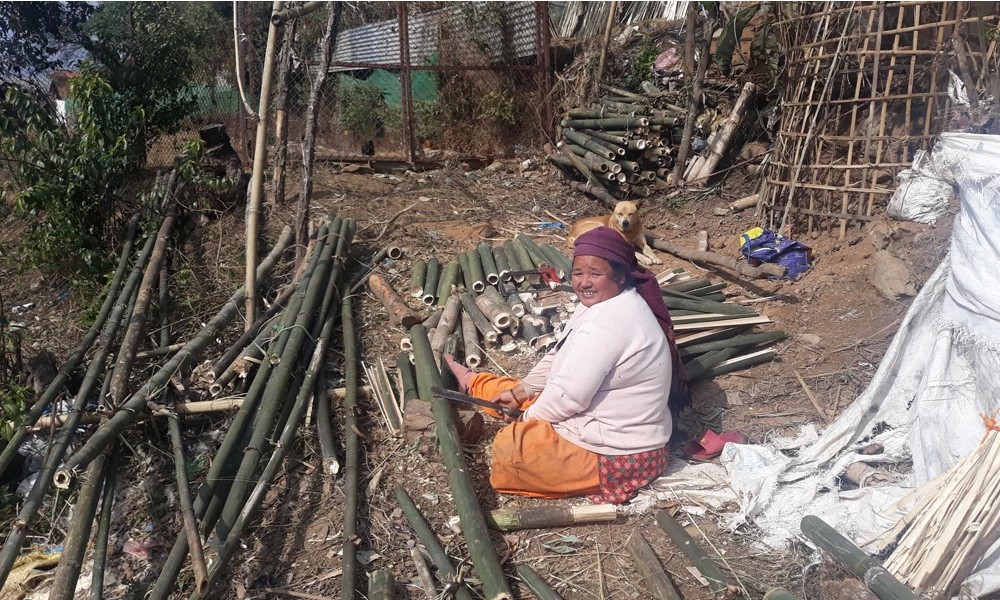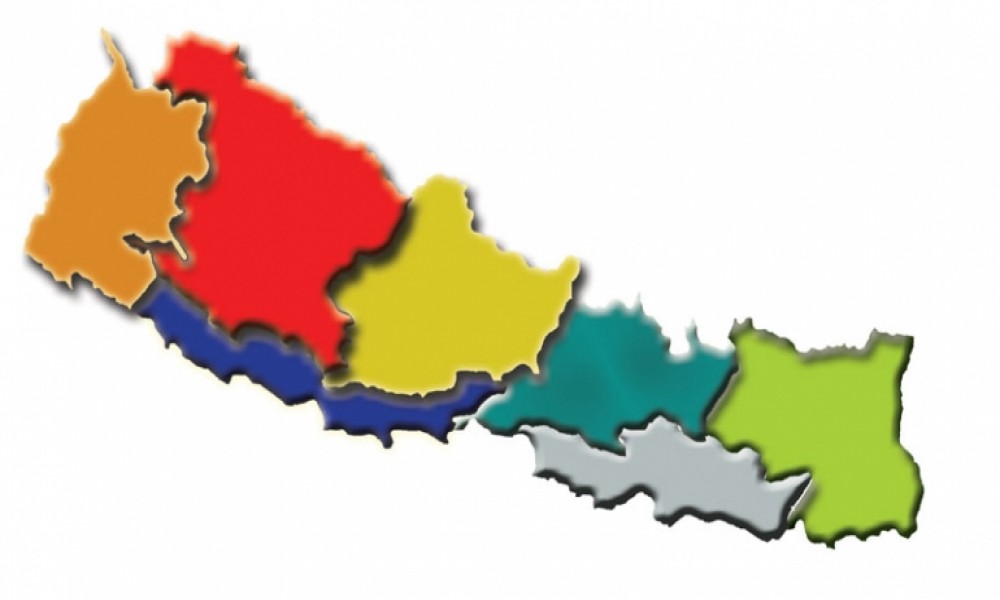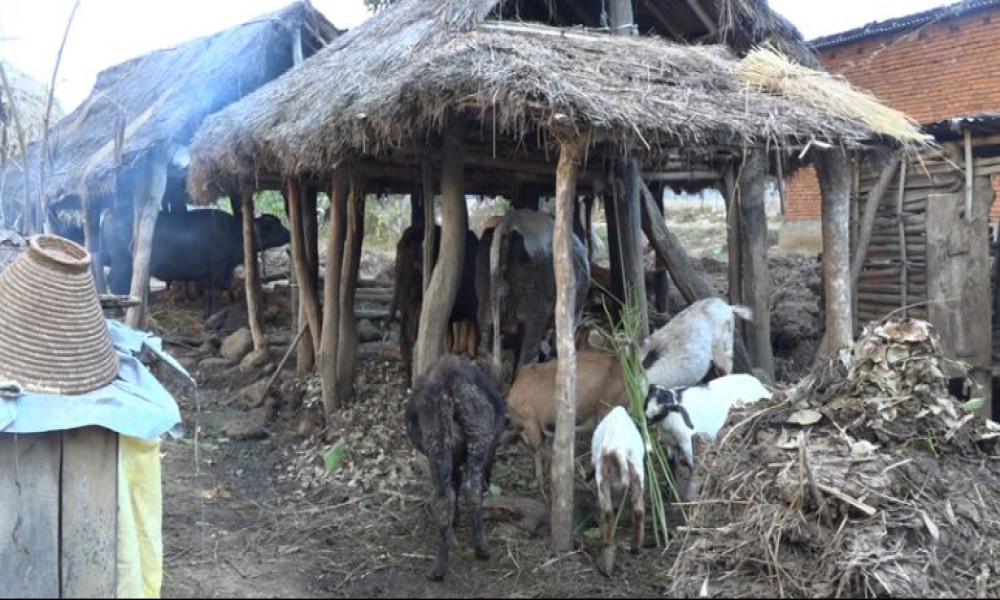MUNA TAMANG
Adivasi Janajati people have been one of the biggest advocates of federalism in Nepal. They have joined the country's all recent political movements, demanding ethnic identity-based federal units with autonomy and rights to self-determination.
Today, Nepal is a federal democratic republic with seven provinces. However, their fight for federalism is far from being over. Let alone autonomy and rights to self- determination, even their aspirations for ethnic identity have not been fulfilled.
As of now, four of the seven State Assemblies have already passed names for their respective provinces: Far West for Province 7, Karnali for Province 6, Gandaki for Province 4 and Bagmati for Province 3. None of these names reflects the identity of any indigenous community.
Province 1, Province 2 and Province 5 are yet to pass their names, but it is unlikely that they will choose names reflecting the identity of Indigenous Peoples living there.
Adivasi Janajati wanted their identity to be reflected in the names of their provinces, but they could not take to the streets.
In Province 1, Adivasi Janajati leaders are torn between two possible names: Kirat or Limbuwan. While the Limbu community wants to name Province 1 as Limbuwan, others are pushing for Kirat.
But the leaders of the Nepal Communist Party (NCP) -- which rules not just in the centre but in six of the seven provinces, including Province 1 -- want to name Province 1 as Koshi, just like how they have named other provinces after rivers or geography. Political observers say the ruling party is unlikely to give in to the demand to name Province 1 as Kirat or Limbuwan.
Adivasi Janajati people wanted Province 4 to be named as Tamuwan-Magarat and Province 3 as Newa-Tamsaling, but their demands were easily brushed aside by the ruling party. The ruling party whipped the Adivasi Janajati members of the State Assemblies of these provinces to accept non-ethnic names.
Adivasi Janajati have never pushed for ethnic identity-based names saying they are in majority in their provinces.
So, why did Adivasi Janajati fail to see their ethnic identity reflected in the names of their provinces? Former ambassador Kaman Singh Lama, who is with the ruling NCP, says: "Adivasi Janajati wanted their identity to be reflected in the names of their provinces, but they could not take to the streets."
Some Adivasi Janajati leaders say people have not truly accepted the names of their provinces after rivers or hills. Jagat Baram, President of the Nepal Federation of Indigenous Nationalities (NEFIN) says: "Province names were chosen not by the State Assembly members, but by the ruling party. The party leadership resorted to whip, stripping the State Assembly members of their rights to choose the name of their province. This is an unconstitutional act."
People belonging to Tamu-Gurung, which is a major ethnic group in Gandaki province, still want their province to be named as Tamuwan. Gandaki province's Chief Minister Prithvi Subba Gurung also belongs to the same ethnic group. But he has toed his party's line regarding the name of their province: Gandaki.
Addressing a program organised by the Tamu community, he recently said: "We had to choose Gandaki as our province name because it is home to not just Tamu people, but to various ethnic communities".
We had to choose Gandaki as our province name because it is home to not just Tamu people, but to various ethnic communities.
Gurung's statement reflects what the ruling party thinks. He is right to assert that Tamu people are not in majority in Gandaki province. Whine populations of other castes and ethnic groups are combined, Tamu people are in minority. Just like here, in any other provinces, not a single ethnic group is in majority.
But Nepal Tamang Ghedung's General Secretary Babu Ghising says that Adivasi Janajati have never pushed for ethnic identity-based names saying they are in majority in their provinces.
He says: "The reason why we want ethnic identity-based federal names is that these ethnic groups have always been living there. For example, Newar and Tamang -- even if their populations are combined -- do not outnumber the combined population of remaining castes and communities in what is now named as Bagmati province. But this is their historical land. Naming this province after Newar and Tamang people is a matter of historical continuity".
-Indigenous Feature Service








